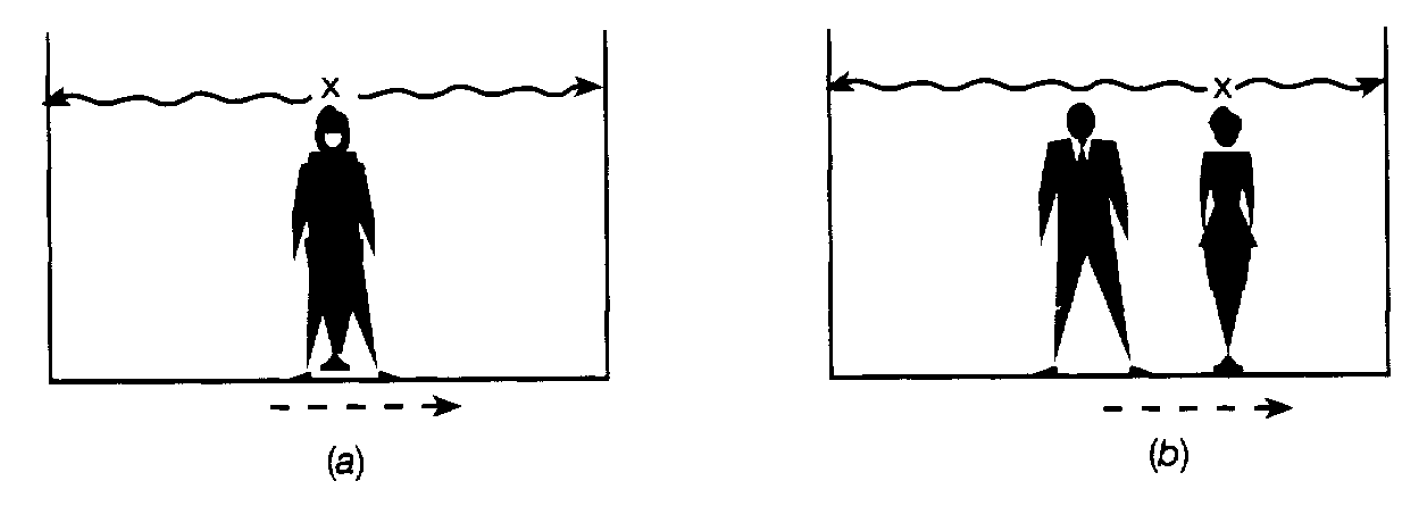
تاريخ الفيزياء

علماء الفيزياء


الفيزياء الكلاسيكية

الميكانيك

الديناميكا الحرارية


الكهربائية والمغناطيسية

الكهربائية

المغناطيسية

الكهرومغناطيسية


علم البصريات

تاريخ علم البصريات

الضوء

مواضيع عامة في علم البصريات

الصوت


الفيزياء الحديثة


النظرية النسبية

النظرية النسبية الخاصة

النظرية النسبية العامة

مواضيع عامة في النظرية النسبية

ميكانيكا الكم

الفيزياء الذرية

الفيزياء الجزيئية


الفيزياء النووية

مواضيع عامة في الفيزياء النووية

النشاط الاشعاعي


فيزياء الحالة الصلبة

الموصلات

أشباه الموصلات

العوازل

مواضيع عامة في الفيزياء الصلبة

فيزياء الجوامد


الليزر

أنواع الليزر

بعض تطبيقات الليزر

مواضيع عامة في الليزر


علم الفلك

تاريخ وعلماء علم الفلك

الثقوب السوداء


المجموعة الشمسية

الشمس

كوكب عطارد

كوكب الزهرة

كوكب الأرض

كوكب المريخ

كوكب المشتري

كوكب زحل

كوكب أورانوس

كوكب نبتون

كوكب بلوتو

القمر

كواكب ومواضيع اخرى

مواضيع عامة في علم الفلك

النجوم

البلازما

الألكترونيات

خواص المادة


الطاقة البديلة

الطاقة الشمسية

مواضيع عامة في الطاقة البديلة

المد والجزر

فيزياء الجسيمات


الفيزياء والعلوم الأخرى

الفيزياء الكيميائية

الفيزياء الرياضية

الفيزياء الحيوية

الفيزياء العامة


مواضيع عامة في الفيزياء

تجارب فيزيائية

مصطلحات وتعاريف فيزيائية

وحدات القياس الفيزيائية

طرائف الفيزياء

مواضيع اخرى
Simultaneity
المؤلف:
Roger J Blin-Stoyle, FRS
المصدر:
Physics of Particles, Matter and the Universe
الجزء والصفحة:
p 106
24-5-2016
1814
Simultaneity
Two events are said to be simultaneous when they occur at exactly the same instant of time. This is straightforward to establish when both events take place at the same position in space, for example two trains arriving at the same time at a railway station. However, even in this example, the trains are not, fortunately, arriving at exactly the same position and to be sure that their arrivals coincided exactly the observer would need to station him/herself at the centre point between the two sets of buffers. If the trains touched the buffers at exactly the same instant the observer would see this to be so since, being exactly central, the light would take the same time to reach him/her from each set of buffers. The question then arises as to whether an observer in another inertial frame of reference would also agree that the trains had arrived together. To explore this let us leave trains and consider an idealized ‘thought experiment’. A thought experiment is a simple representation of a physical process unencumbered by unimportant peripheral details such as trains and buffers. Consider, in this instance, an observer standing at the centre of a room sending two simultaneous flashes of light to

Figure 1.1: (a) Two observers together at the instant two flashes of light are emitted; (b) the position of the observers at a later time.
opposite walls of the room as shown in figure 1.1(a). Since he is at the centre of the room the flashes will reach the walls, according to this observer, at the same instant. But suppose at the instant the flashes were emitted that a second observer was passing the first observer travelling at a uniform speed, i.e. in another inertial frame of reference. The second postulate of relativity requires the speed of light to be exactly the same in her frame as for him, but, since she is in motion, the right hand wall in her frame of reference is moving towards her, whilst the left hand wall is moving away (see figure 1.1(b)). This means that in her frame the light has less distance to travel towards the right-hand wall and more towards the left hand wall. It therefore arrives at the right hand wall before the left hand wall and the two arrivals are no longer simultaneous. So we have a situation in which one observer says that two events happen simultaneously whilst the other says they do not. Incidentally, this does not mean that it is possible for the second observer, having seen an event before it is due to be seen by the first, to predict the future for him since, by the time the information was communicated to him by her (most quickly by a light signal), the event would already have been observed. This means that for each observer came still precedes effect. Neverthess, it has to be concluded that in relativity theory two events that are simultaneous for one observer are not simultaneous for another observer in a different inertial frame of reference.
 الاكثر قراءة في النظرية النسبية العامة
الاكثر قراءة في النظرية النسبية العامة
 اخر الاخبار
اخر الاخبار
اخبار العتبة العباسية المقدسة

الآخبار الصحية















 قسم الشؤون الفكرية يصدر كتاباً يوثق تاريخ السدانة في العتبة العباسية المقدسة
قسم الشؤون الفكرية يصدر كتاباً يوثق تاريخ السدانة في العتبة العباسية المقدسة "المهمة".. إصدار قصصي يوثّق القصص الفائزة في مسابقة فتوى الدفاع المقدسة للقصة القصيرة
"المهمة".. إصدار قصصي يوثّق القصص الفائزة في مسابقة فتوى الدفاع المقدسة للقصة القصيرة (نوافذ).. إصدار أدبي يوثق القصص الفائزة في مسابقة الإمام العسكري (عليه السلام)
(نوافذ).. إصدار أدبي يوثق القصص الفائزة في مسابقة الإمام العسكري (عليه السلام)


















